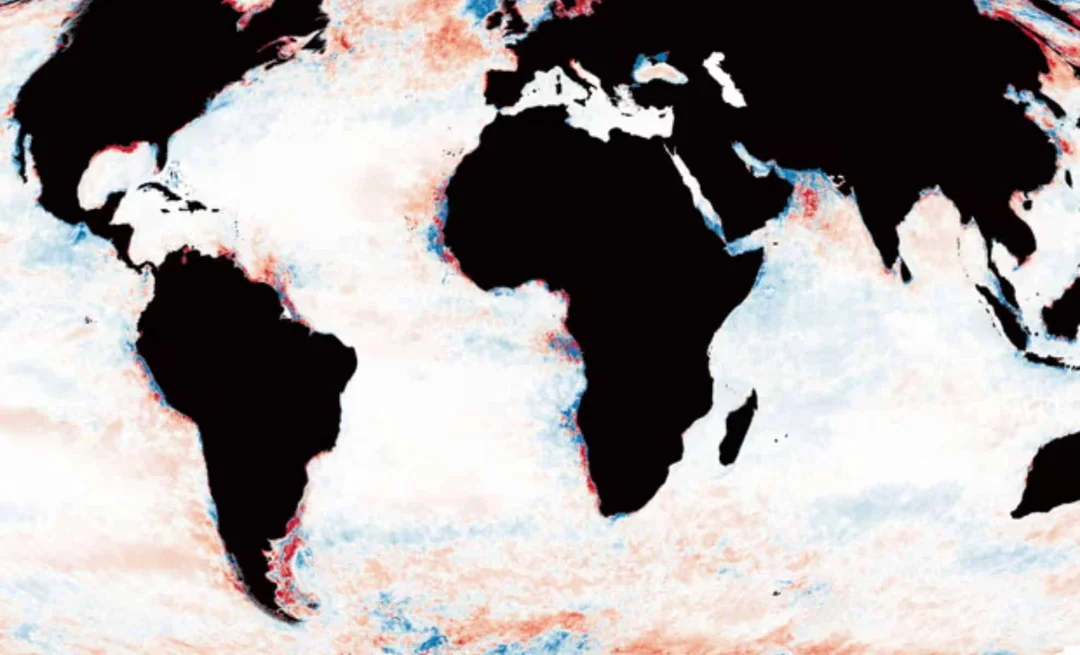
Urgent Warning: Earth’s Oceans Are Darkening at an Alarming Rate, Threatening Marine Life
A disturbing trend has emerged in our planet's oceans: they are gradually darkening. Scientific findings reveal that nearly one-fifth of the global ocean has darkened in the past two decades, a change experts are calling a "genuine cause for concern." This phenomenon impacts vast areas, covering more than 75 million square kilometers, and threatens the photic zones, where the majority of marine life resides.
The research, a collaboration between the University of Plymouth and Plymouth Marine Laboratory, published in Global Change Biology, analyzed over a decade of data, combining satellite observations and advanced numerical models. The findings indicate that between 2003 and 2022, approximately 21% of the global ocean experienced significant darkening.

What is Ocean Darkening? Ocean darkening refers to the reduction in the depth of the photic zone, the area where sunlight penetrates and supports photosynthesis, the basis of most marine food webs. Some areas have seen a reduction in photic zone depths by over 50 meters, while others have seen reductions of up to 100 meters.
Why is this happening? Scientists believe several factors contribute to this phenomenon. Increased nutrients, organic materials, and sediments entering the ocean, often due to agricultural runoff and heavy rainfall, play a significant role. Further offshore, algal blooms and changes in sea surface temperatures also reduce light penetration. As Dr Thomas Davies from the University of Plymouth highlights, changes in ocean plankton communities are also a contributing factor.
The Impact on Marine Life: The darkening forces marine life, which relies on sunlight or moonlight for survival and reproduction, to move closer to the surface, increasing competition for resources. As Professor Tim Smyth of Plymouth Marine Laboratory warns, this could profoundly alter the entire marine ecosystem.
Where are the Changes Happening? The most significant changes in photic zone depth are occurring near the top of the Gulf Stream and around the icy polar regions, areas already significantly impacted by climate change. Coastal regions, like the Baltic Sea, are also experiencing darkening due to increased rainfall and nutrient runoff.
Data from NASA's Ocean Color Web allowed researchers to detect these changes with high precision, using satellite data to analyze the ocean surface pixel by pixel. Comparing changes during daytime and moonlight conditions revealed that while nighttime effects are smaller, they remain ecologically important.

While approximately 10% of the ocean has become lighter, the overall darkening trend is concerning. Understanding the long-term consequences requires more research.
These changes in our ocean should not be ignored. Beyond the implications for marine ecosystems, ocean darkening also impacts the air we breathe, the food we eat, and our ability to combat climate change. What steps should be taken to mitigate this alarming trend?
Share your thoughts and concerns in the comments below. Let's discuss potential solutions to protect our oceans!